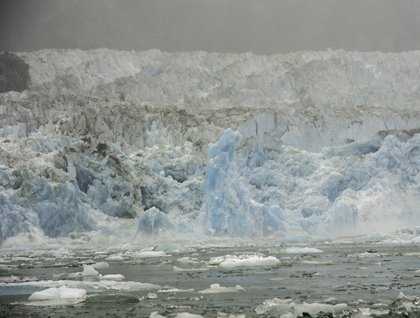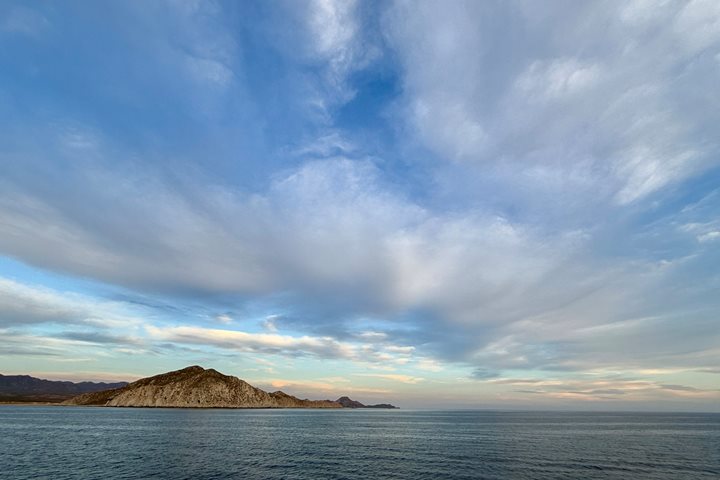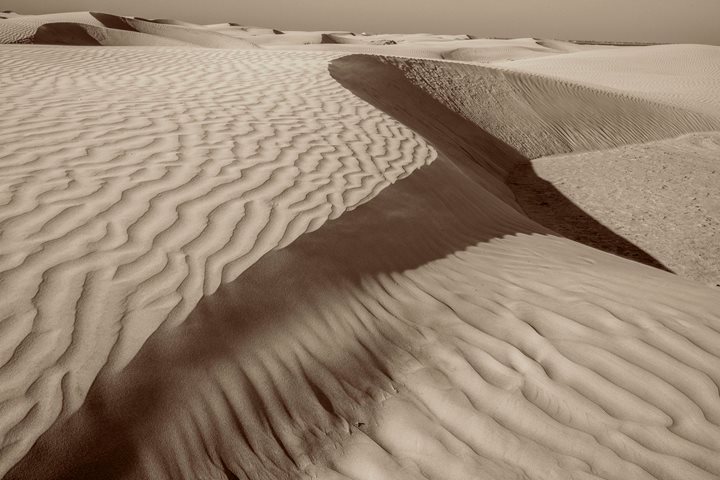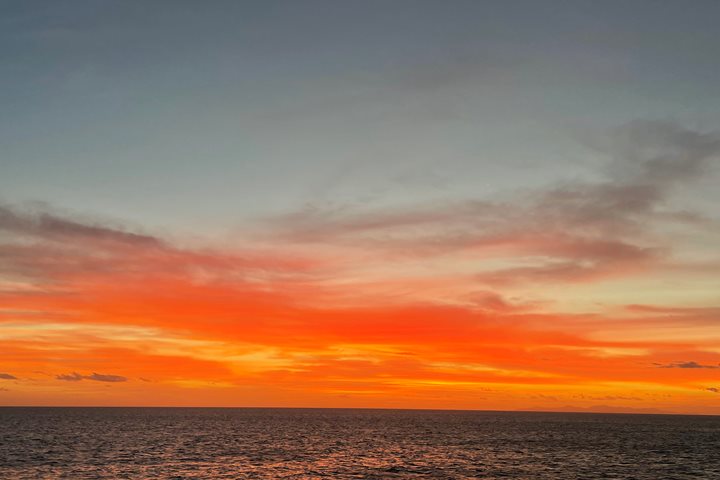Today we paid homage to the ice. The National Geographic Sea Lion made a peaceful morning pilgrimage down Tracy Arm, serenely following the fjord to our morning destination, South Sawyer Glacier. Floating in front of the face of such a fantastically massive feature, one feels more dwarfed than is normal in an Alaskan landscape.
Granite peaks tower along both sides, focusing all attention on the cerulean cathedral that can’t help but captivate every eye that falls upon it.
And then the glacier seems to waken. It starts softly, stirring and rumbling, casting small cascades of snow and ice down into the welcoming waters. The sound is unforgettable: deep resonating booms that echo off mountain walls, reverberating in our very bones. It seems to speak to us, a staccato sermon of snaps and cracks that has us slavering in a sycophantic frenzy for what we are sure is to come.
It has taken the ice over a dozen miles and two hundred years for this moment. And what a finale it was. For such a momentous experience one would think there to be a plethora of adjectives, but it truly leaves one almost wordless. What we witness is described as a colossal calving. A full third of the glacier face breaks off, but that does not encapsulate the event even remotely. Sections of ice hundreds of feet long fall down, float up and crumble as if physics has temporarily taken the day off. An iceberg the size of a city block erupts out of the water, creating a wave that rolls for miles. We stare in giddy awe at the spectacle and delight at failing to fully process the sheer scale of what we have all just shared.







